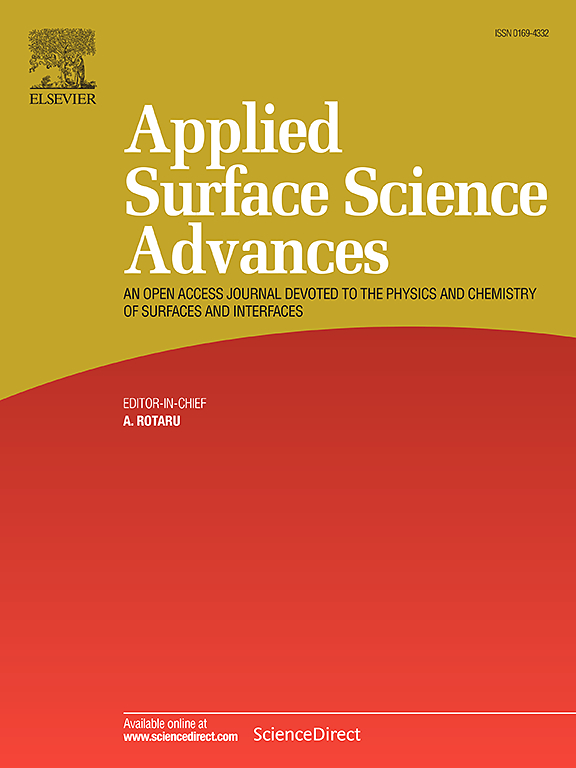Vibration-driven SEI thinning and inorganic domination: Enhanced lithium-ion battery performance
IF 8.7
Q1 CHEMISTRY, PHYSICAL
引用次数: 0
Abstract
The electrification of the transportation sector has led to the widespread deployment of lithium-ion batteries (LIBs) in vehicles. Given that vehicles operate under dynamic conditions where mechanical stimuli are prevalent, LIBs in this system can be significantly influenced by these mechanical effects. However, the influence of mechanical factors on batteries remains insufficiently explored. Among these, vibration—an intrinsic characteristic of vehicular operation—has received limited attention. In this study, we demonstrate that mechanical vibration can significantly enhance the electrochemical performance of standard LIBs by rendering a more favorable solid electrolyte interphase (SEI) for Li⁺ transport. Electroanalytical measurements and finite element analysis reveal that vibration-induced shear forces selectively remove fragile organic components from the SEI, yielding a thinner and more inorganic-rich interphase that facilitates efficient Li⁺ migration. As a result, Graphite‖NMC111 cells exhibited a 40.5 % increase in capacity at 1.5C under vibrating conditions. By uncovering the beneficial role of vibration, this work reframes it from a peripheral disturbance to a central design lever for improving LIB performance, especially in motion-intensive environments.
振动驱动SEI减薄和无机主导:增强锂离子电池性能
交通运输部门的电气化导致了锂离子电池(lib)在车辆中的广泛部署。鉴于车辆在机械刺激普遍存在的动态条件下运行,该系统中的lib会受到这些机械效应的显著影响。然而,机械因素对电池性能的影响尚未得到充分探讨。其中,振动作为车辆运行的固有特征,受到的关注有限。在这项研究中,我们证明了机械振动可以通过为Li⁺的传输提供更有利的固体电解质界面相(SEI)来显著提高标准lib的电化学性能。电分析测量和有限元分析表明,振动引起的剪切力选择性地从SEI中去除脆弱的有机成分,产生更薄、更富无机的界面,从而促进了Li⁺的高效迁移。结果,石墨‖NMC111电池在1.5℃振动条件下的容量增加了40.5%。通过揭示振动的有益作用,这项工作将其从外围干扰重新定义为提高LIB性能的中心设计杠杆,特别是在运动密集的环境中。
本文章由计算机程序翻译,如有差异,请以英文原文为准。
求助全文
约1分钟内获得全文
求助全文

 求助内容:
求助内容: 应助结果提醒方式:
应助结果提醒方式:


